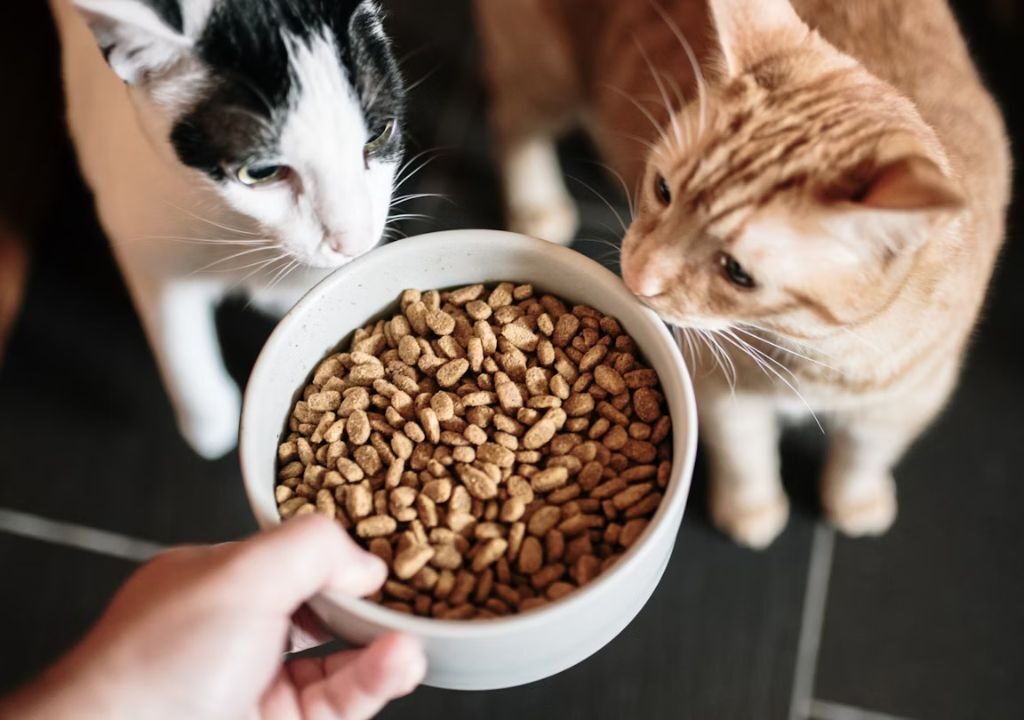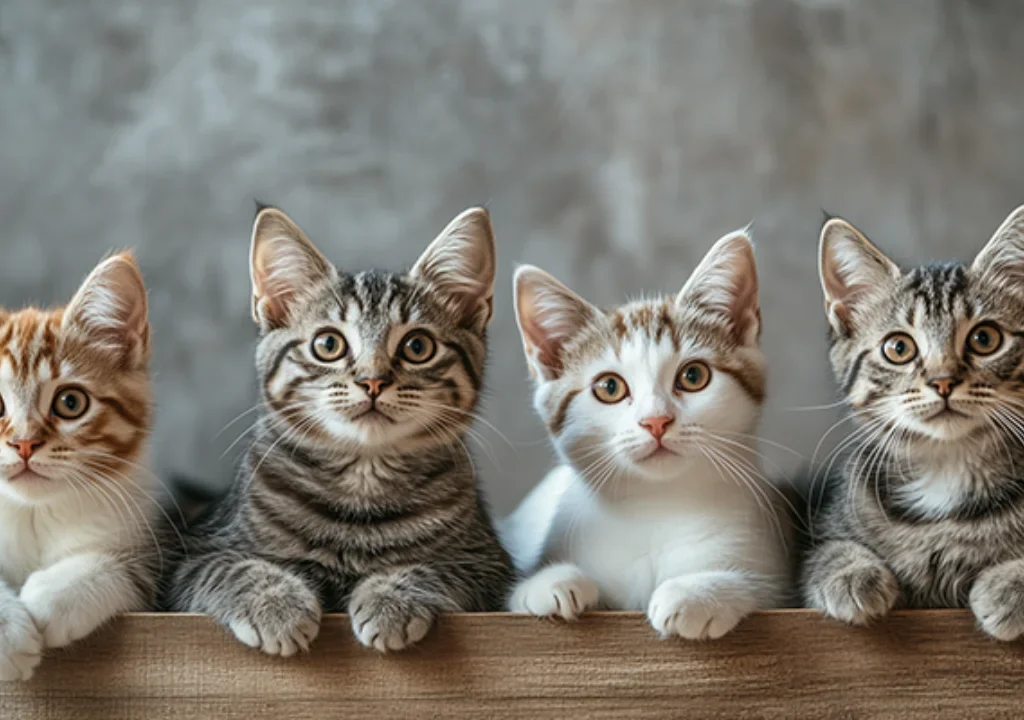
Finding the best dry food for cats doesn’t have to be a daunting task when you’re armed with the right knowledge. With countless brands competing for your attention, understanding what truly constitutes superior feline nutrition becomes crucial for every responsible cat owner. The landscape of premium dry cat food has transformed dramatically in 2025, emphasizing nutritional excellence and ingredient transparency.
Your feline companion deserves nothing less than optimal nutrition that fuels their vitality, supports their immune system, and promotes longevity. The evolution of dry cat food formulations now focuses on species-appropriate ingredients, ethical sourcing practices, and enhanced bioavailability of nutrients.
Essential Characteristics of Superior Dry Cat Food
Premium Protein Sources Lead the Way
Since cats are obligate carnivores by nature, exceptional dry food formulations prioritize real animal proteins as primary ingredients. Quality manufacturers specify exact protein sources such as “deboned salmon,” “fresh chicken,” or “turkey meal” instead of ambiguous terms like “animal protein” or “meat derivatives.”
Compliance with AAFCO Nutritional Guidelines
Reputable dry cat food brands adhere to AAFCO standards, ensuring inclusion of vital minerals including calcium, phosphorus, potassium, sodium, chloride, magnesium, iron, copper, manganese, zinc, iodine, and selenium for comprehensive nutritional support.
Life-Stage Specific Formulations
Premium manufacturers create targeted formulations addressing distinct life phases: kitten development, adult maintenance, mature cat needs, and senior support, delivering precise nutrition for each stage.
Leading Premium Dry Cat Food Manufacturers in 2025
Hill’s Science Diet – Veterinary Excellence
Recognized as the premier choice among veterinary professionals, Hill’s Science Diet delivers clinically proven nutrition across four life stages, establishing the gold standard for balanced feline nutrition.
Notable Attributes:
- Science-backed nutritional profiles
- Superior digestibility ratings
- Natural ingredient sourcing with added vitamins
- Absence of artificial additives
- Comprehensive urinary and immune support
Open Farm – Ethical Sourcing Pioneer
Open Farm’s innovative Open Prairie RawMix formula showcases ethically sourced ingredients enhanced with freeze-dried raw components, creating a protein-rich option that cats instinctively crave.
Distinctive Features:
- Transparent ethical sourcing practices
- Raw nutrition integration
- Multiple grain-free alternatives
- Complete supply chain transparency
- Elevated protein concentrations
Royal Canin – Precision Nutrition Specialists
Royal Canin’s approach focuses on breed-specific and condition-targeted formulations, offering specialized nutrition solutions for cats with unique dietary requirements.
Specialized Benefits:
- Breed-tailored nutritional profiles
- Comprehensive veterinary diet options
- Mathematically precise nutrient balance
- Advanced digestibility technology
- Targeted health condition support
Orijen – Wild-Inspired Nutrition
Orijen champions “biologically appropriate” feeding philosophy, incorporating fresh regional ingredients that mirror natural feline dietary patterns with exceptional protein density.
Remarkable Features:
- 85% premium animal ingredient composition
- Fresh ingredient commitment (never frozen)
- Comprehensive grain-free options
- High protein, minimal carbohydrate formulas
- Award-winning production facilities
Blue Buffalo – Wholesome Natural Approach
Blue Buffalo emphasizes natural nutrition with real meat foundations, featuring proprietary LifeSource Bits that deliver concentrated antioxidant support in every serving.
Natural Advantages:
- Authentic meat as foundation ingredient
- Elimination of poultry by-product meals
- Natural ingredient sourcing with vitamin enhancement
- Antioxidant-rich LifeSource Bit technology
- Extensive grain-free product lines
Selecting Optimal Dry Food for Specific Cat Categories
Indoor Feline Companions
House cats require specialized nutritional approaches, with 2025 formulations emphasizing weight management, enhanced fiber content, and grain-free compositions. Indoor cats benefit from:
- Reduced caloric density for weight control
- Elevated fiber for optimal digestion
- Specialized urinary tract support
- Essential omega fatty acids for coat health
Growing Kittens
Developing kittens demand nutrient-concentrated formulations featuring:
- Elevated protein levels (minimum 35%)
- DHA supplementation for neurological development
- Increased caloric density
- Highly digestible ingredient profiles
- Support for frequent feeding requirements
Mature and Senior Cats
Aging felines thrive with:
- Enhanced protein digestibility
- Joint support supplementation
- Reduced phosphorus content
- Amplified antioxidant protection
- Appropriately sized kibble for comfortable consumption
Sensitive Stomach Solutions
Cats with dietary sensitivities require:
- Simplified ingredient profiles
- Alternative protein sources (duck, venison, rabbit)
- Grain-limited or grain-free formulations
- Probiotic supplementation for gut health
- Hypoallergenic alternatives
Critical Nutritional Components in Premium Dry Cat Food
Fundamental Nutrients
Quality Protein Sources:
- Specifically named meat meals (chicken meal, fish meal)
- Fresh whole meats (deboned proteins)
- Nutrient-dense organ meat inclusion
Beneficial Fat Sources:
- Natural chicken fat (omega-6 source)
- Marine-derived oils (omega-3 concentration)
- Plant-based omega sources (flaxseed)
Functional Ingredients:
- Digestive probiotics
- Essential taurine supplementation
- Joint-supporting glucosamine and chondroitin
- Powerful antioxidant complexes
Components to Eliminate
- Unspecified meat by-products
- Excessive grain fillers
- Chemical preservatives (BHA, BHT, ethoxyquin)
- Synthetic colors and flavoring agents
- Excessive carbohydrate loads (exceeding 10%)
Successful Food Transition Strategies
Introducing new dry cat food requires methodical approach to prevent digestive disruption:
Initial Week: Combine 25% new formula with 75% existing food Second Week: Balance 50% new with 50% current food Third Week: Increase to 75% new food with 25% current formula Final Week: Complete transition to 100% new formulation
Observe your cat closely for any digestive sensitivities throughout the transition period.
Nutritional Guidelines and Portion Management
Daily Serving Recommendations
Appropriate portions depend on multiple factors:
- Current body weight and life stage
- Daily activity levels
- Individual metabolic rates
- Body condition assessment
Standard Portions:
- Lightweight cats (5-9 lbs): 1/3 to 2/3 cup daily
- Medium cats (10-12 lbs): 3/4 to 1 cup daily
- Larger cats (13+ lbs): 1 to 1 1/4 cups daily
Feeding Schedule Approaches
Continuous Access: Food available throughout the day (suitable for single cats with self-control)
Timed Meals: Multiple scheduled feedings (recommended for multi-cat households)
Mixed Method: Combining wet and dry food for comprehensive nutrition
Proper Storage and Freshness Maintenance
Preserve the quality of your selected dry cat food through:
- Original packaging retention or airtight container transfer
- Cool, dry storage location away from sunlight exposure
- Consumption within 6-week opening timeframe
- Regular expiration date monitoring
- Appropriate portion size purchasing for timely consumption
Debunking Common Dry Food Misconceptions
Misconception 1: “Dry Food Damages Kidneys”
Truth: Quality dry formulations don’t harm kidneys, but sufficient hydration remains vital for all cats.
Misconception 2: “Grain-Free Automatically Superior”
Truth: Without specific grain sensitivities, quality grains can contribute valuable nutritional benefits.
Misconception 3: “Higher Price Guarantees Quality”
Truth: Cost doesn’t determine nutritional value. Ingredient quality and nutritional completeness matter most.
Misconception 4: “Cats Require Zero Carbohydrates”
Truth: While cats have minimal carbohydrate needs, small amounts can provide energy and beneficial fiber.
Indicators of Optimal Nutritional Success
Monitor these wellness markers:
Physical Indicators:
- Lustrous, healthy coat appearance
- Clear, bright eye condition
- Appropriate weight maintenance
- Strong muscle development
- Consistent energy levels
Behavioral Markers:
- Steady appetite patterns
- Normal, healthy elimination
- Consistent bathroom habits
- Active, playful demeanor
- Positive social interaction
Cost-Effective Quality Nutrition Solutions
Premium nutrition doesn’t require premium pricing through:
- Store-brand options meeting AAFCO standards
- Strategic bulk purchasing during promotional periods
- Subscription service discounts
- Multi-pet household savings
- Veterinary clinic exclusive offerings
Innovation Trends in Premium Cat Nutrition
The premium feline food industry advances rapidly in 2025, emphasizing revolutionary nutritional approaches, environmental sustainability, and improved digestibility. Emerging developments include:
- Sustainable insect protein alternatives
- Genetic-based personalized nutrition
- Advanced functional ingredient integration
- Revolutionary freshness packaging solutions
- Complete supply chain transparency initiatives
Conclusion: Making Your Optimal Choice
Determining the best dry food for cats requires careful consideration of your feline’s unique requirements, taste preferences, and health objectives. The premium brands outlined in this comprehensive guide provide excellent foundations, though your cat’s perfect nutrition may require experimentation and professional veterinary consultation.
The ideal dry cat food combines palatability, complete nutritional adequacy, health goal support, and budget compatibility. Regular veterinary evaluations ensure your selected nutrition continues meeting your cat’s changing needs throughout their lifetime.
Expert Answers: Best Dry Food for Cats Questions
About the Author:
Hi, I’m Emilia! I’ve been a professional pet care consultant for over 10 years, sharing valuable insights and helping fellow pet owners provide the best care for their furry companions. My goal is to make pet care information accessible and helpful for everyone. Please remember to always consult your veterinarian before implementing any health advice or treatments for your pet.

